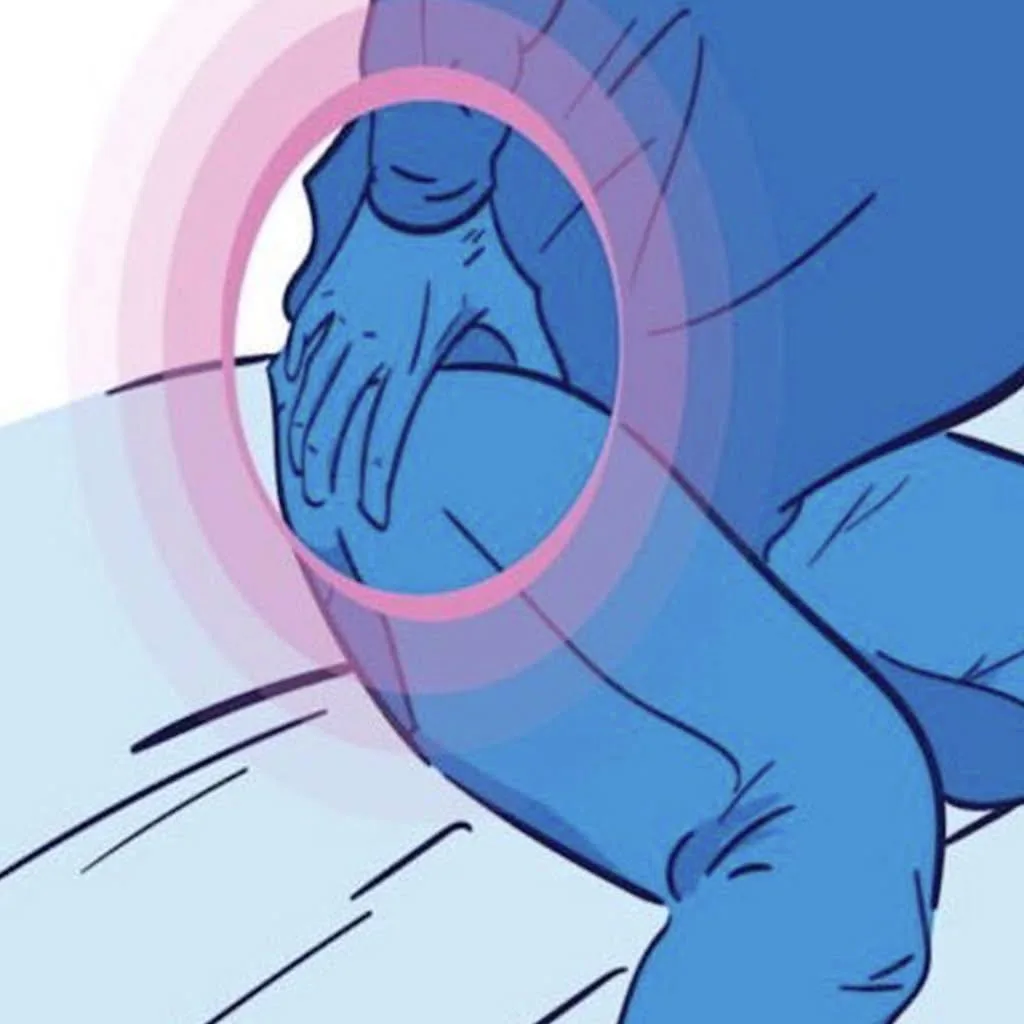A hip that cries for help: what to do if the joint wears out prematurely?
When ordinary movements become an ordeal
Do you notice that it is increasingly difficult for you to get out of bed in the morning? Do the stairs seem like a mountain path, and tying your shoelaces becomes a real acrobatics? Many attribute this to age or fatigue after a hard day. But sometimes behind these seemingly “small” things lies a more serious signal — the joint is slowly losing elasticity and protection.
If earlier it was believed that this only happened to older people, today doctors are increasingly diagnosing coxarthrosis in people as young as 35–40 years old.
⸻
What’s going on inside your thigh?
The hip joint is one of the most durable in our body. It bears weight, absorbs shock, helps us sit, run, squat. Its work is quiet and imperceptible — until the cartilage that covers the femoral head begins to thin.
When this cartilage wears down or cracks, the bones begin to rub against each other. Then the familiar creaking, pain, and feeling of stiffness appear. With each month without treatment, the condition worsens, and the person loses their freedom of movement. This process is known as coxarthrosis or osteoarthritis of the hip joint.
⸻
Which people are most at risk?
It turns out that there are several main causes and they rarely act individually:
• Genetic heredity – if parents had joint problems, the risk is higher.
• Overweight – every extra 5 kg increases the load on the hip by about 15 kg when walking.
• Repetitive loads – athletes, dancers, builders, physical workers are at higher risk.
• Past injuries – dislocations, fractures, inflammatory diseases of the joints leave a “weak spot”.
• Age changes – after 40 years, cartilage naturally thins, but under adverse conditions this process accelerates.
⸻
